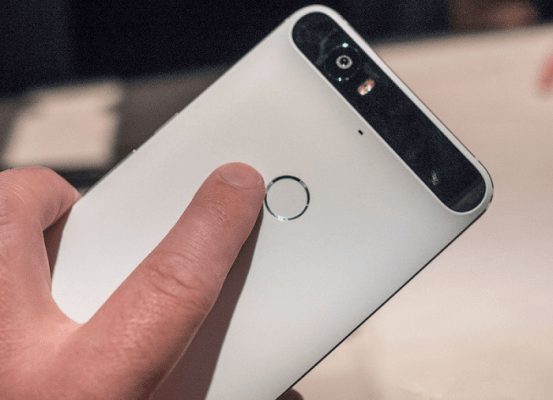The good thing about buying smartphones nowadays is that one can choose between thousands of smartphones available. When choosing, there are options and components that endear each one to a particular brand of mobile phones.
If you are thinking about choosing between a smartphone that has a front fingerprint sensor and one that has it to the rear, here are some information you need for determining which is right for you.
Smartphone Front-Facing and Rear-Fingerprint Sensors – What They Mean
As in the case of some mobile phones like OnePlus 6T, which has a front-facing fingerprint sensor on its display, it shows that a mobile device having the fingerprint sensor to the front can be somehow sleek, looking modern, and the bezels can be minimized.
The fingerprint sensors to the rear of mobile phones also allow for narrower bezels around the display. Lately, more smartphone manufacturers are resorting to putting phone fingerprints sensors to the back.
The reason for putting the fingerprint sensors to the rear of mobile phones is to make it possible for smartphone ease of use. But one thing that makes them negative at the rear is that the user has to pick up the phone to be able to unlock it. That’s not very comfortable for everyone anyway.
However, when smartphones were manufactured at the earliest period, rear-facing fingerprint sensors were the norm. It is still a thing of joy and of celebration for people who love fingerprint sensors to find it on the front, in-screen on some latest mobile phones. The rear-fingerprint sensor could be seen as normal because it became something everyone or almost everyone was used to. But if you like to use your smartphone as it lies on your work desk, you won’t find it easy to use the smartphones with rear fingerprint scanners.
Apple and Samsung have taken things further these days with Face ID technology. But for those who are still left with the option of reaching out to the fingerprint scanners, they love it to be on the front of smartphones because some with short fingers say they needed an extra stretch to get to the rear fingerprint sensors.
Types of Fingerprint Scanners in Smartphones
There are some fingerprint scanners that are capacitive fingerprint readers that are almost not visible, while there are those that have physical fingerprint buttons. HTC 10 and Samsung Galaxy S7 Edge have their fingerprints sensors to the front, while Nexus 6P and LG G5 have their fingerprint scanners to the rear.
The Significance of Fingerprint Sensors
Fingerprint sensors or scanners are effective means of accessing your smartphone display. With fingerprint scanners, you can unlock your phone effortlessly and very quickly. This is good for protecting a mobile phone from being access by others. In case the smartphone is stolen, the thief will not be able to gain entrance to the device’s user interface.
It is nothing like entering passwords, pins; swipe patterns are eliminated when you use fingerprint sensors or scanners. If you are one person that can unlock his or her phone multiple times in one hour every day, it is nice you try out the fingerprint sensor, and you will see how relieved you will be.
Which Works For You?
I guess it depends. Depending on the lifestyle of people some opt for the front-facing fingerprint sensor, while others go for the one to the rear. The reason why they pick what they want is they think about ease and the ability to reach out to the fingerprint scanners.
Yet some see the beauty in having the fingerprint sensor to the front of the device.


